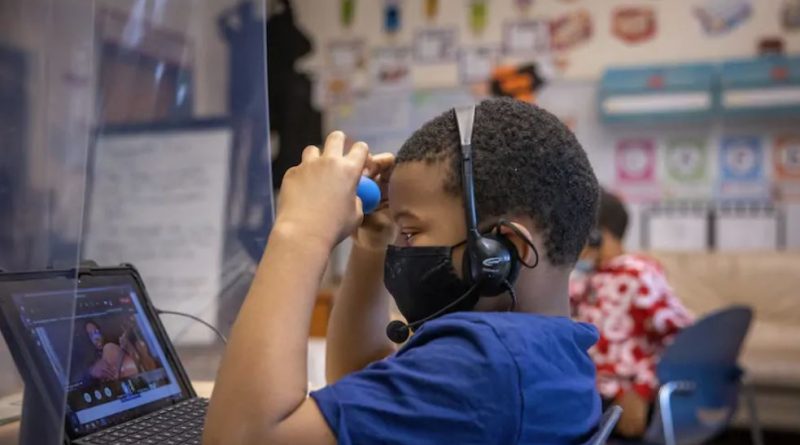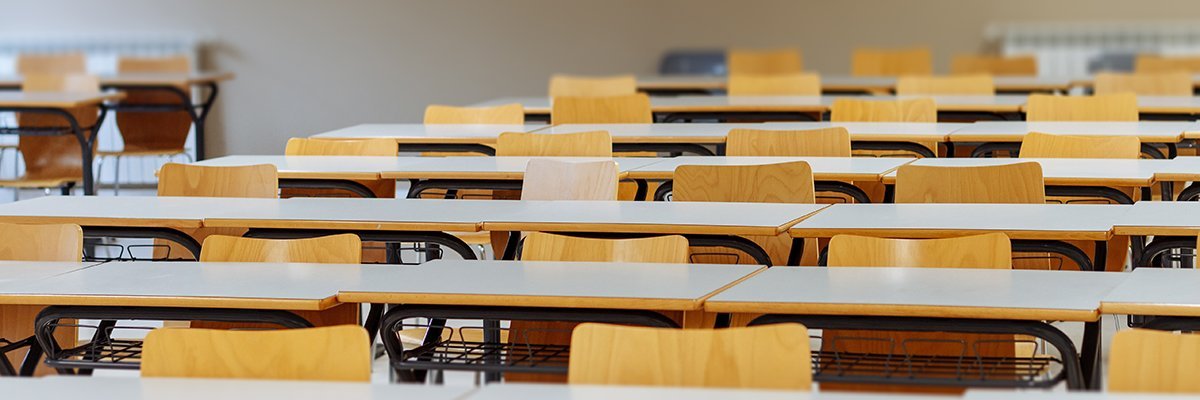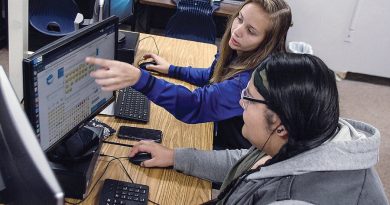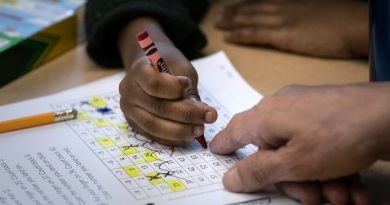D.C. mayor says all students will be back in classroom full time in fall. Can she pull it off?
Her administration later announced that students would need to provide a doctor’s note giving a medical reason to remain home.
Bowser did not go as far as New York Mayor Bill DeBlasio (D), who said he would eliminate virtual learning in the fall and that every child will be back in the classroom five days a week in September. In Los Angeles, school district leaders said they expect most students, teachers and staff to be present every day, but an online option will be available.
“While we have seen tremendous success in distance learning, we also hear from parents and families that their students are ready for more time in school,” D.C. Schools Chancellor Lewis D. Ferebee said at a D.C. Council hearing Friday, noting that the gap in early literacy between White and Black children is growing. “Our plan to return to full in-person learning this fall is rooted in a clear understanding that covid-19 has disproportionately affected our families of color.”
Ferebee said, however, that the school system would operate a virtual academy where students who are staying home would learn from a teacher online, potentially from a teacher who does not work at their school.
District officials have said that virtual schooling would only be available for a small number of students. But because the city has high youth asthma and obesity rates, medical exemptions could allow a substantial number of children, disproportionately in low-income neighborhoods, to remain home.
Nathaniel Beers, a pediatrician at Children’s National Hospital and a former top D.C. school system employee, said doctors are expecting parents in the coming months to seek notes allowing their children to remain virtual. City officials are not providing a list of medical conditions that would qualify; it will be doctor’s discretion. He will host a webinar with doctors across the region to provide guidance on how to assess patients seeking notes to continue with virtual learning.
A student living with an immunocompromised person would not qualify to continue with remote learning, according to the Office of the State Superintendent of Education.
Beers said doctors at the hospital will not be telling parents whether they should return, but rather assessing whether the child’s medical condition could put them at higher risk if they were to contract the virus.
He said children with mild asthma cases probably will not be exempt from in-person schooling, but more severe cases could be. Students with certain intellectual disabilities, he said, may be considered more at risk for complications from the virus.
“It is a complex question because the [Centers for Disease Control and Prevention] has not come out with a clear list of criteria of what makes a child high risk,” Beers said. “It will not be a clear delineated line that every kid with the same condition will get the same answer because every risk that a family is willing to take will not be the same.”
KIPP DC, the city’s largest charter network, anticipates about 15 percent of its 7,000 students will be providing doctor’s notes and remaining virtual. The network is using federal funds to hire new teachers who would work only with the online learners.
Shannon Hodge, executive director of the D.C. Charter School Alliance, said that while getting all students back in the building in the fall should be the goal, it’s unrealistic. She said schools should be preparing for a high-quality virtual learning option so they can accommodate their students. Some education leaders and parents have pushed back on the requirement for everyone to return, saying that forcing people who think being back inside school buildings is unsafe would be unproductive.
“There is not a demand right now, and so the expectation that we will get to 100 percent participation for students who do not have medical conditions in a few months is low,” Hodge said. “I would hate to see on September 1st that — even 2 percent of students — just do not want to return and do not have a medical condition and the only option for them is truancy.”
Safety protocols could restrict the number of students who can be in a school building. The city requires three feet of social distancing in classrooms. Officials have said they expect updated safety guidelines before fall, but they have not yet said whether social distancing would remain. Mask mandates, regular deep cleaning of school buildings and asymptomatic testing are expected to continue.
D.C. Public Schools officials said they are examining floor plans at each school to determine how to maximize space, but right now they are not looking to use space at additional city buildings to accommodate more students.
The D.C. health department announced in March that schools could mix cohorts, allowing middle- and high-schoolers to switch classes and teachers for each subject. But the school system did not adopt the looser rules, saying that it would have been hard to change student schedules so late in the academic year. So far, middle- and high-schoolers have had limited in-person options, with many going in just once a week for a few hours.
While Bowser has said that all school staff members are expected to work on-site, school officials have not said whether teachers will be granted virtual accommodations.
Jaqueline Pogue Lyons, president of the Washington Teachers’ Union, said that if some students need to be able to do school virtually, teachers will too, and the city should allow it.
“Our teachers want our kids to come back — we know that is the best place for kids to be,” Lyons said. But “some teachers may still need to have accommodations.”
Even if health guidelines loosen, school leaders say they have a tremendous undertaking this summer to build trust in vaccines and reopening plans ahead of the fall. Although infection rates are dropping, Black residents make up more than 80 percent of coronavirus cases reported in the District in recent days, compared with 46 percent late last year. The city estimates that 19.8 percent of Black residents are fully vaccinated, compared with 28.8 percent of White residents.
The areas that are still being hit by the coronavirus — high-poverty neighborhoods of color — are the same ones where demand for in-person schooling is lowest. Some charter schools have not opened their doors at all this academic year, saying there is not enough interest.
“I frequently get the comment that virtual is not working,” Carlene Reid, Ward 8 State Board of Education representative, said at a D.C. Council hearing Wednesday focused on the education needs of students in Wards 7 and 8, the wards with the highest concentrations of poverty. “But then when I ask families what they need, they still say they are not completely comfortable [returning].”
Burnice Cain, a mother of an asthmatic second-grader at Houston Elementary in Northeast Washington, said she is unsure whether she wants her daughter to return to a school building in the fall. She’s apprehensive about everybody being in the building at once and wishes the school system would split up students so only half are there at a time.
“I am so conflicted,” said Cain, whose daughter was hospitalized after an asthma attack in September 2019. “There are still big unknowns. If I had a magic wand, I would keep it as a hybrid and have people opt-in to in-person learning.”
Over the next few months, the school system and charter sector — which educates just under half of the city’s public school students — say they will be educating families about the virus and the vaccine for adolescents and adults, working to build confidence in a fall return to school. Three dozen traditional public schools with low in-person demand received small grants to launch campaigns to persuade families to return. Some are planning to visit people at their homes.
Others are coordinating phone banks, recruiting parents to help call families and giving them gift cards for volunteering.
“We are doing true grass-roots campaigns across every single school to tell every single family that we are open,” said school system spokeswoman Elizabeth Bartolomeo. “And that we can’t wait to see you in the fall.”
Source: https://www.washingtonpost.com/local/education/dc-schools-fall-in-person/2021/05/30/58d8145e-bef1-11eb-83e3-0ca705a96ba4_story.html?wpisrc=nl_sb_smartbrief




